Voices behind ‘3 Bahadur’
Meet the artists who lent voice to characters in Pakistan’s first animated feature film

3 Bahadur aims at promoting the idea of empowering Pakistani youth. PHOTO: PUBLICITY
If acting isn’t a piece of cake, then voiceovers are certainly not a cakewalk. Imagine this. Your body is tied up and you have to project the required emotions just with your voice. That’s how many artists describe the art of doing voiceovers. As the country’s first animated feature film 3 Bahadur gains recognition across Pakistan, The Express Tribune talks to artists who breathed life into the characters of Deenu, Mangu, Chapta, Pateeli and Baba Balaam.
Veteran actor Behroze Sabzwari is no stranger to the art of voiceover, as he previously lent his voice to Dirtoo’s spy Ghunsunna in Commander Safeguard. According to him, “a lot of hard work and effort goes into” this form of acting, which is harder than acting in person.

He says a major reason why dubbing for an animated-adventure film is more strenuous because of the on-screen characters’ facial expressions. “Animated characters are different from real-life ones. So, you have to adapt to that a little bit,” says Sabzwari, who is the voice behind chowkidar Deenu in the movie.
Contrarily, stage and television actor Khaled Ahmed, the voice of the older version of Mangu, holds that both acting and doing voiceover have their own set of challenges. “In my opinion, it [voiceover] is difficult but not more difficult than [acting], as you can’t use your body gestures to communicate the required emotions,” he says. Ahmed, who teaches voice-related courses at the National Academy of Performing Arts (Napa), states that voiceover artists are trained enough to ease into the character after seeing it. They get an idea of what sort of voice would complement the character and adapt accordingly.

Another interesting aspect of voice-acting is that a solo artist can dub for multiple characters. In 3 Bahadur, artists, such as Bassam Shazli and Nadir Siddiqui, have spent long shifts in the voice booth, as they had to lend their voice to two characters each. They both deem “staying in character” to be the most daunting task when doing the voiceover for more than one character.
Shazli says voice-acting is comparatively different as it requires more exaggeration, energy and intensity than normal acting routines. “You may move your hands to better express yourself on stage or in front of the camera, but in a voice booth, you only have your voice as a communication tool to express yourself. Plus, there is the additional pressure of maintaining that character and ensuring there’s a level of normalcy,” explains Shazli, who lent his voice to Pateeli and Chapta. In order to address this problem and avoid switching in-and-out of the character, Siddiqui (Baba Balaam) shares he would say a few dialogues in the character’s voice to attain the required tone before entering the recording studio.

In the wake of the release of 3 Bahadur, chances are others will follow suit. Instead of being overly optimistic about the future of the animated film industry in the country, the voice artists choose not to look ahead in the future for now. They feel they need to iron out a few kinks, such as writing scripts for animated series, for the industry to progress to its full potential. “What is promising and heartening for me is that some entertainment for children is being done. As for the future, we would have to see how this movie pans out, but I’m hopeful that we would have more animators from our country, who would make such movies,” says Ahmed.
Published in The Express Tribune, May 25th, 2015.
Like Life & Style on Facebook, follow @ETLifeandStyle on Twitter for the latest in fashion, gossip and entertainment.

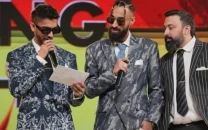
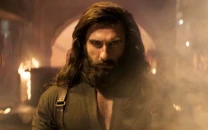
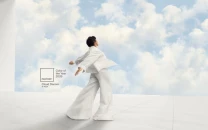
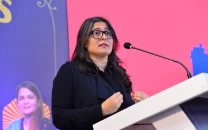
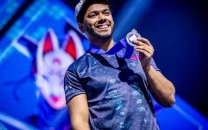





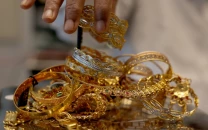







COMMENTS
Comments are moderated and generally will be posted if they are on-topic and not abusive.
For more information, please see our Comments FAQ